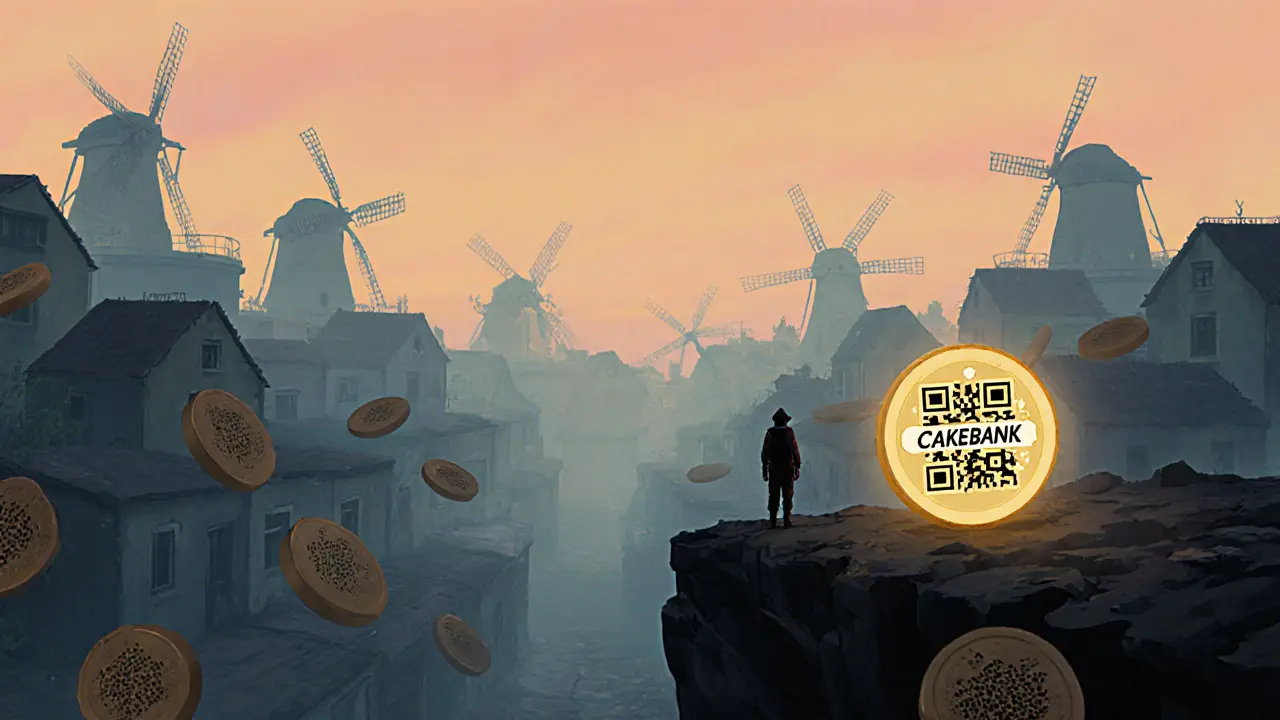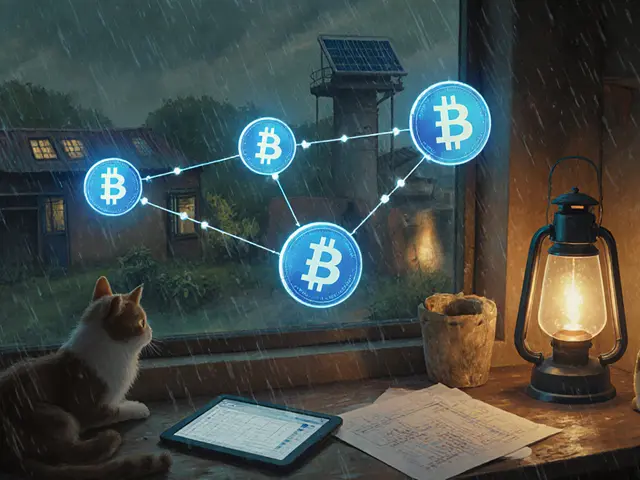Cryptocurrency Airdrop 2025: What’s Real, What’s Scam, and How to Spot the Winners
When you hear cryptocurrency airdrop, a free distribution of crypto tokens to wallet holders, often to grow a project’s user base. Also known as token airdrop, it’s one of the most common ways new projects attract early adopters. But not every airdrop is a gift—some are traps. In 2025, the number of fake airdrops has exploded. The real ones? They’re harder to find, but still out there—if you know what to look for.
Take the Peanut.Trade (NUX), a 2021 airdrop that gave away 35.5 tokens to 2,000 users. Today, NUX trades for less than half a cent. Or FARA, a GameFi token from the 2021 BSC event that still has some trading activity in 2025. One failed. One survived. Why? It comes down to utility, team transparency, and whether the project kept building after the airdrop. Most airdrops die because they’re just marketing noise—no product, no users, no roadmap. The ones that last? They solve real problems, like tokenized carbon credits or decentralized IP marketplaces.
Scams are everywhere. Ankerswap, a fake exchange that never existed, pretended to run airdrops to steal wallets. ZT Exchange, a platform with poor support and hidden fees, used airdrops to lure users into risky trading. If a project asks for your private key, sends you a link to claim tokens, or pressures you to hurry—it’s a scam. Legit airdrops don’t need your password. They don’t rush you. They don’t promise moonshots.
What makes a 2025 airdrop worth your attention? Three things: a working product, public team members, and clear tokenomics. Look for projects tied to real infrastructure—like DePIN networks or blockchain-based carbon trading. These aren’t just hype. They’re building something. The ExzoCoin 2.0 (NZT), an airdrop on Nexis DEX with clear claim steps and token utility, is an example. It didn’t just hand out tokens—it gave people a reason to use the platform.
And don’t forget regulation. In 2025, countries like Nigeria and Pakistan now require exchanges to be licensed. That means airdrops tied to unlicensed platforms are riskier than ever. The SEC’s crackdown on fraudulent crypto campaigns in 2024 sent a message: if you’re not compliant, you’re a target. So when you see a new airdrop, check if the team has legal backing. If they don’t, walk away.
You’ll find real stories here—not guesses, not hype. We’ve dug into failed airdrops, exposed fake exchanges, and tracked which tokens still have value after years. Some turned into nothing. Others became building blocks for bigger projects. You’ll learn how to spot the difference, how to claim safely, and which airdrops are worth the gas fee. No fluff. No promises. Just what’s real in 2025.
CAKEBANK Airdrop: What We Know and What You Should Check Before Participating
There's no verified CAKEBANK airdrop from Cake Bank. The token trades at $0.00000207 with no official details, community, or exchange listings. Avoid scams and focus on proven 2025 airdrops instead.





